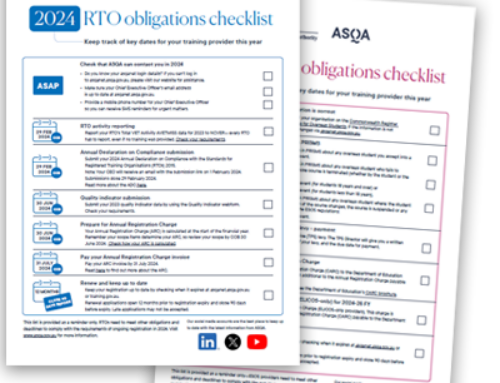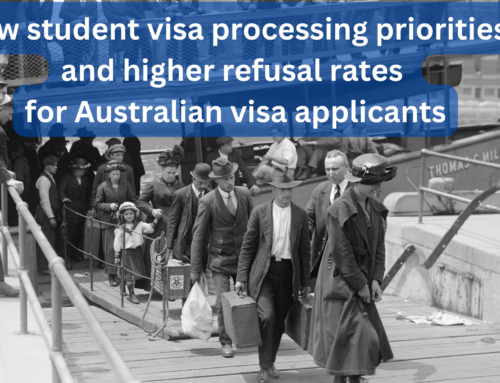Australia is no stranger to hosting overseas students. In fact, in 2018, Australia was the education destination of choice for almost 870,000 students from around the world. In the world rankings, Australia is in third place for study abroad destinations, having made over $AUD 5-million from foreign students alone.
Today, we’re taking a look at the Australian education system, student exchange programs, and education rates in Australia. We’ll also answer questions such as, how many international students are there in Australia? Does the Australian government give scholarships to foreign students? And how do overseas students help the local culture and economy?
What Australia offers international students?
In 2017, Australia hit a record-breaking half a million enrollments in the first half of the year alone. By the end of that year, we welcomed just a few hundred shy of 800,000 international students. 2018’s figure was even higher. But why is Australia so popular with foreign students in the first place?
Australia offers incredibly competitive courses in a variety of fields. Australian universities (especially those specialising in engineering, health sciences, and accounting) are consistently ranked as some of the best in the world. Plus, we have some of the cheapest universities, at least when compared to other first-world nations. Education is much more affordable here than in the United States or the UK, with most postgraduate fees ranging from just $AUD 20,000 to $AUD 37,000 a year.
Another big draw is the fact that Australia is incredibly diverse. Big cities like Sydney or Melbourne are multicultural by nature, and people from all over the world won’t have a difficult time settling in and making a second home here.
International students in Australia statistics: how many international students are there, and where are they from?
According to the Department of Education, there were 684,754 foreign students enrolled in Australian state schools, private universities, and other educational institutions from January to July of this year alone. A majority of international students are from Asian countries, although there thousands of American, Brazilian, and British students as well. A significant number(193,358) are Chinese students, with India (105,306) and Nepal (50,412) lagging behind.
The education sector has projected that enrollees will reach the 940,000 mark by 2025, with most students coming from China, India, Vietnam, Thailand, and South Korea. Deloitte Access Economics did a report for the Australian Trade and Investment Commission, which predicted that university, post-graduate, and vocation education would be the sectors with the fastest growth for international students.
Where can international students in Australia study?
University students, post-grads, and other kinds of students can apply to 22,000 courses in over 1,200 educational institutions around the country. These include study abroad programs, English language classes, higher education, and vocational education and training (VET). The Australian government also allows applicants to take up ‘Foundation Studies’, a one-year preparatory course for students who didn’t have the academic requirements to get into their chosen program.
How long are overseas students in Australia allowed to stay?
A student visa allows international students to stay in Australia for the entire duration of their study program plus 28 days after the last day of class. Depending on the course you are taking, this could be anywhere from a few weeks to a few years. A standard student visa ranges from three months to two years, but you can always renew your visa for up to five years (or, potentially, even longer).
What percentage of international students receive scholarships?
The Australian government (along with several private corporations and non-government organisations) offers scholarships, grants, and other kinds of financial aid to eligible international students. In total, the government gives out around $AUD 200-million a year through the Destination Australia Program, Australian Government Research Training Program, Australia APEC Women in Research Fellowship, Australia Awards, and several other scholarship programs.
Getting Australian citizenship after studying
The journey towards Australian citizenship begins with a Permanent Resident (PR) visa or a post-study work visa. Each applicant is given ‘points’ based on their age, skills, field of study/work, and other factors. If you studied in Australia for a few years prior to applying for a visa, for example, you’ll be given more points than someone who did not.
The more points you get, the more ‘suitable’ you are to get a PR or post-study work visa. The former sets you on the pathway to becoming an Australian citizen, while the latter allows you to extend your stay in Australia for a few more years.





Leave A Comment